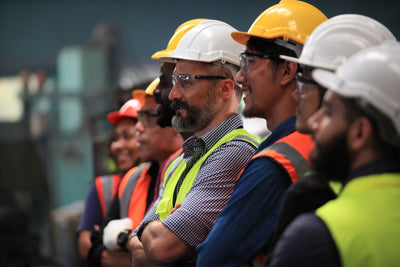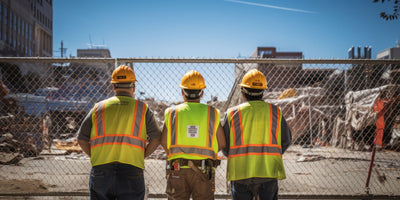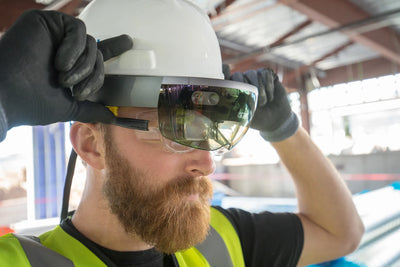Ensuring safety on construction sites is a multifaceted endeavor, requiring diligent planning, strict adherence to regulations, and proactive hazard mitigation. However, despite the best intentions, common mistakes in implementing construction safety can compromise the well-being of workers and the success of projects. In this blog, we'll identify these pitfalls and provide insights into how to avoid them to foster a safer work environment.
Lack of Comprehensive Safety Planning
One of the most significant mistakes in construction safety implementation is the failure to develop a comprehensive safety plan tailored to the specific needs and risks of the project. Without a detailed safety plan in place, workers may lack clear guidance on safety protocols, increasing the likelihood of accidents and injuries.
Inadequate Training and Education
Insufficient training and education for workers on safety procedures and practices is another prevalent mistake. Properly trained personnel are better equipped to identify hazards, respond to emergencies, and adhere to safety protocols. Investing in comprehensive safety training programs is essential for promoting a culture of safety on construction sites.
Neglecting Regular Safety Inspections
Failure to conduct regular safety inspections and audits is a critical oversight that can lead to overlooked hazards and unsafe conditions. Routine inspections help identify potential risks and ensure compliance with safety regulations. Neglecting this aspect of safety management can result in preventable accidents and regulatory penalties.
Poor Communication and Collaboration
Effective communication and collaboration among all stakeholders are essential for successful safety implementation. Lack of communication between workers, supervisors, contractors, and safety professionals can lead to misunderstandings, overlooked hazards, and delayed responses to safety concerns. Establishing clear communication channels and fostering a culture of open dialogue is crucial for mitigating risks and promoting safety.
Insufficient Personal Protective Equipment (PPE)
Failure to provide adequate personal protective equipment (PPE) or enforce its use is a common mistake that compromises worker safety. PPE is essential for protecting workers from various hazards present on construction sites, including falls, impacts, and exposure to hazardous materials. Ensuring the availability and proper use of PPE is essential for preventing injuries and illnesses.
Conclusion: Prioritizing Safety at Every Stage
In conclusion, avoiding common mistakes in implementing construction safety requires a proactive and comprehensive approach that prioritizes safety at every stage of the project. By developing a detailed safety plan, providing comprehensive training, conducting regular inspections, fostering communication and collaboration, and ensuring the availability of adequate PPE, construction companies can create safer work environments and protect the well-being of their workers. Remember, safety is not just a priority—it's a responsibility that every construction professional must uphold to ensure the success and sustainability of their projects.






